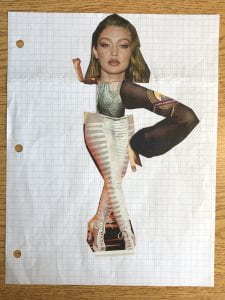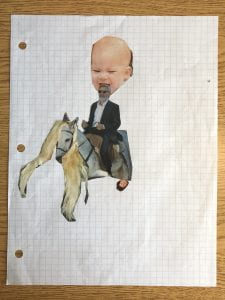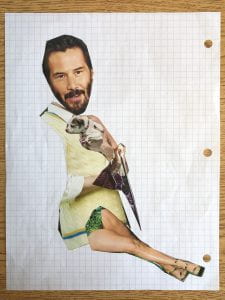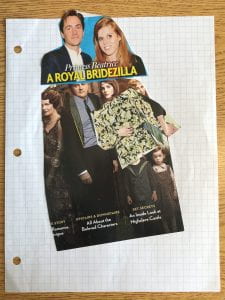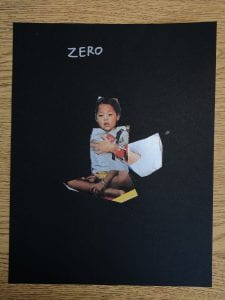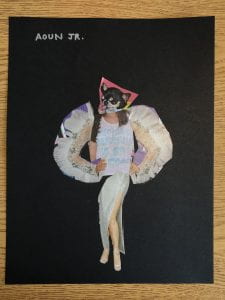For my final project I wanted to base the game off an experience from my life. I chose to make a game to depict what it feels like to be African-American and White, raised in a Christian and Jewish household. Simply put, more often than not I find that instead of fitting into any group, I’m the odd one out in all of them. With a group of black friends, I’m the white one. To a group of white friends, I’m the black one. With my Jewish friends, I’m not Jewish enough because my mom isn’t Jewish. With Christian friends, I’m the Jew.
The way I aimed to create this was through a social game appropriating game mechanics from games such as Spyfall, Room at Top, and some other card-based games. The rules of the game are as follows.
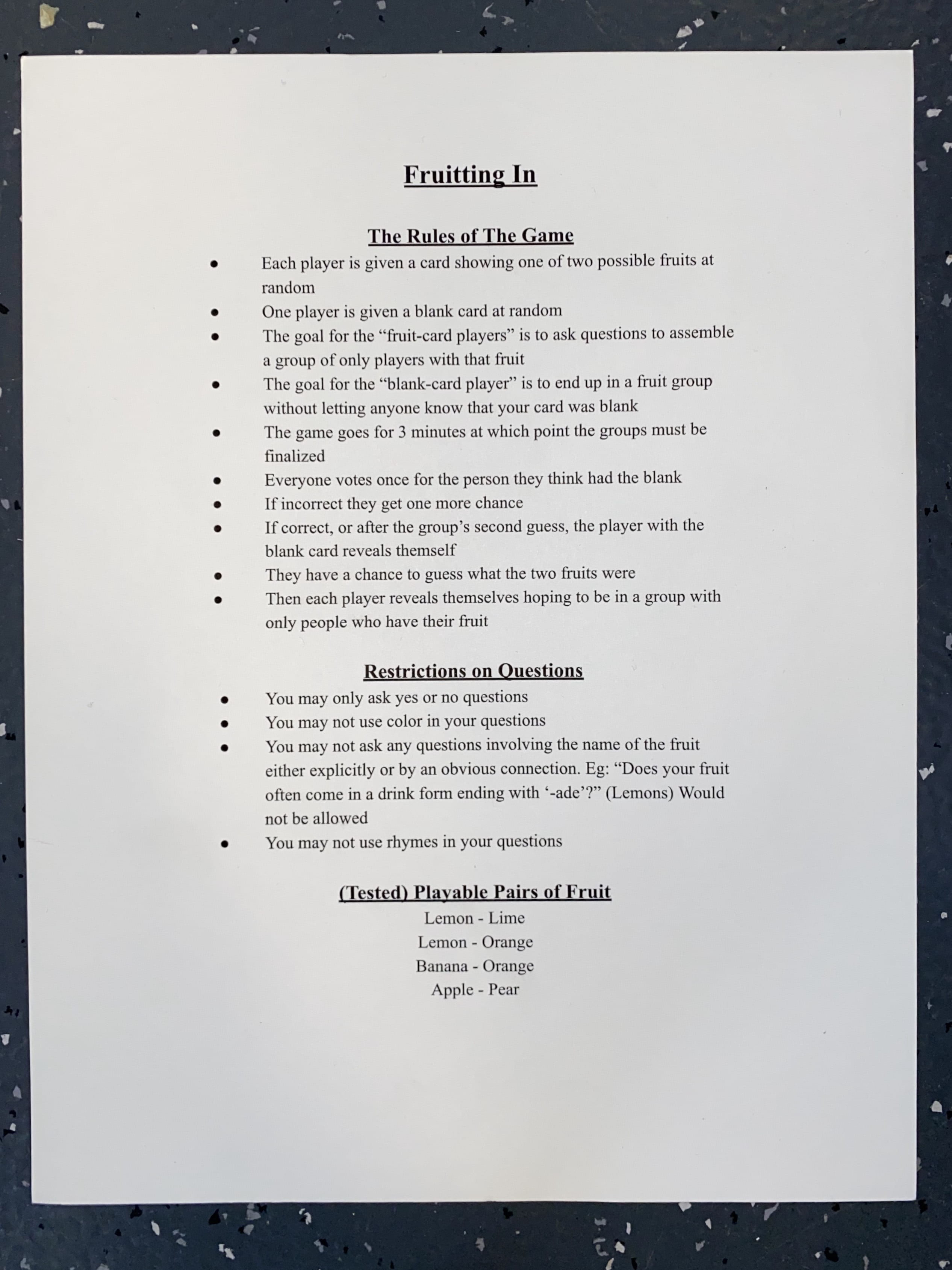
The cards looked like this
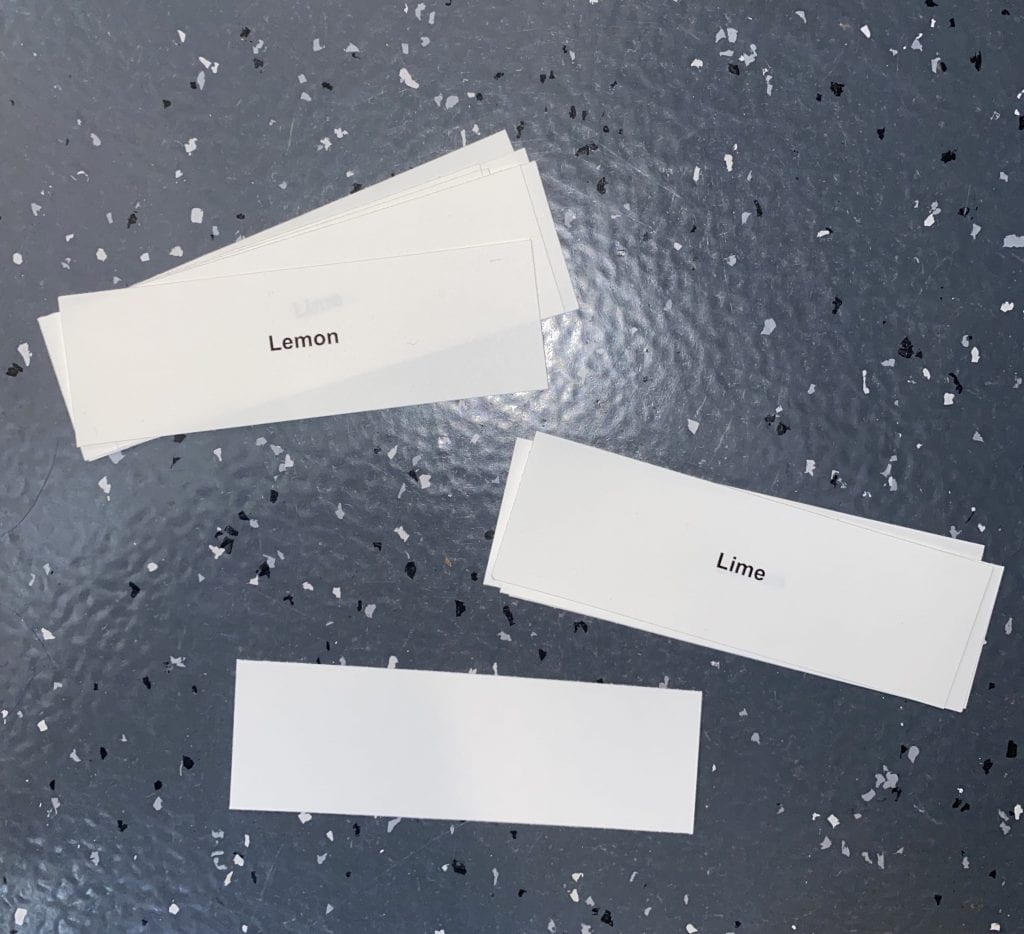
I wanted the players to move around asking questions and trying to find people of their own group. I wanted to incentivize the people to separate by type, leaving the one person without the fruit to try to fit in with the other groups. I wanted the fruit players to have something to do, as well as not know who has the blank, that’s why they have to work to find out who is in their group. I also wanted to give an opportunity for the blank card player to fake it and try to fit in. The blank card player obviously simulates my experience in groups of people where I’m not quite sure what my identity is. The black card player often just goes along with whatever is said, as to not stand out. I can relate to that style of action, talking about the Jewish things I did when I’m with my Jewish friends, etc. The main thing that inspired me to do this was Dys4ia. Watching that game made me very emotional considering how well the designer seemed to get across her life experience. I wanted to do something similar, and decided that with my skill set I would need to make an analog game. I appropriated game mechanics and tried to form them into a way that can give the players an experience on the small scale of something that I experience often.

